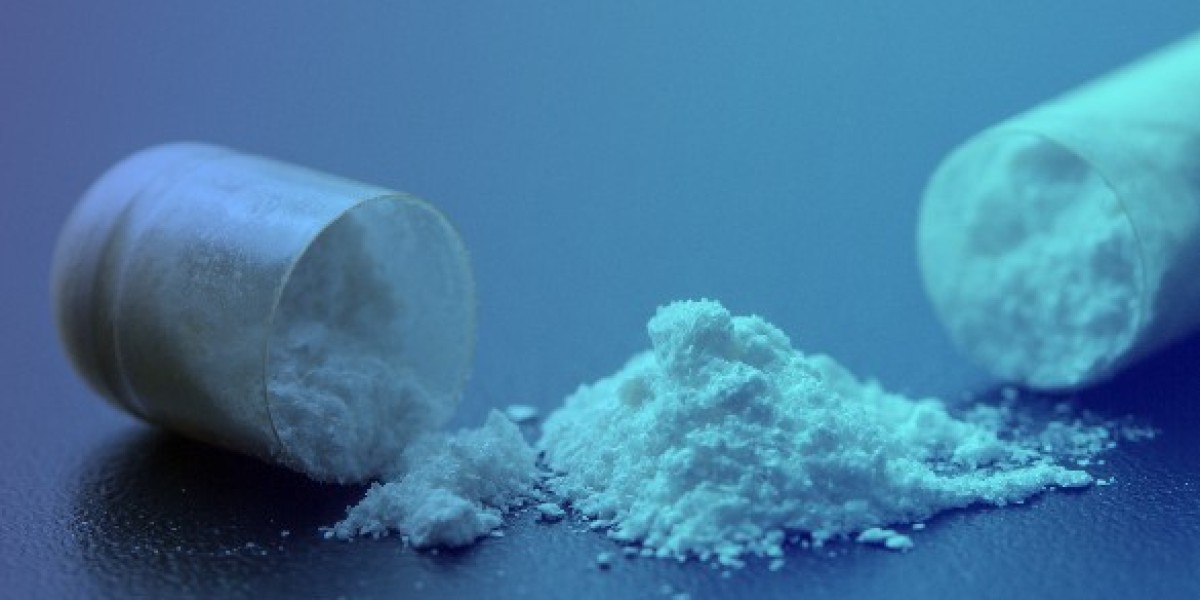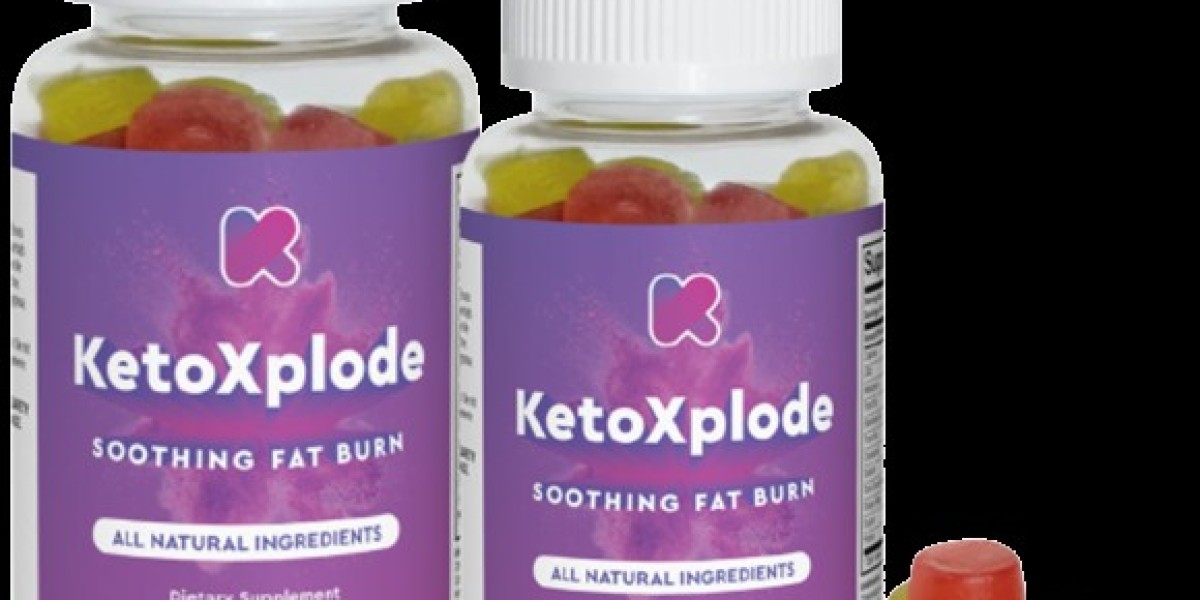API (Active Pharmaceutical Ingredient) impurity powders play a crucial role in the pharmaceutical industry, impacting the safety and efficacy of medications. Understanding the basics of API impurity powders is essential for ensuring the quality and regulatory compliance of pharmaceutical products.
Definition of API Impurity Powders:
API impurity powders are substances that are unintentionally present in the active pharmaceutical ingredient, which is the primary component responsible for the therapeutic effect of a drug. These impurities can arise during the synthesis, manufacturing, or storage of the API.
Types of API Impurities:
- Process-Related Impurities:
- Starting Material Residues: These impurities result from the raw materials used in the synthesis of the API.
- Intermediates and By-Products: Impurities formed during the manufacturing process.
- Synthetic By-Products:
- Diastereomers and Enantiomers: Stereoisomers formed during synthesis.
- Residual Solvents: Solvents used in the manufacturing process that may remain in the final product.
- Degradation Products:
- Oxidation, Hydrolysis, Photolysis: Chemical reactions leading to the breakdown of the API.
- Impurities due to pH Changes: pH variations during synthesis can lead to impurity formation.
Importance of API Impurity Control:
- Safety and Efficacy:
- Impurities can affect the safety and efficacy of the drug, leading to adverse reactions or reduced therapeutic benefits.
- Regulatory Compliance:
- Regulatory authorities, such as the FDA and EMA, have strict guidelines regarding the control of impurities in pharmaceuticals.
- Quality Control:
- Monitoring and controlling impurities are integral parts of the quality control process in pharmaceutical manufacturing.
Detection and Analysis:
- Analytical Techniques:
- High-Performance Liquid Chromatography (HPLC): Separates and identifies different components in a mixture.
- Mass Spectrometry (MS): Determines the molecular weight of compounds.
- Nuclear Magnetic Resonance (NMR): Provides information about the structure of organic compounds.
- Limit Setting:
- Establishing acceptable limits for impurities based on safety and regulatory considerations.
Control Strategies:
- Good Manufacturing Practices (GMP):
- Following GMP ensures the quality of pharmaceutical products by addressing factors like facility cleanliness and equipment calibration.
- Process Optimization:
- Improving synthesis processes to minimize impurity formation.
- Purification Techniques:
- Employing purification methods like recrystallization or chromatography to remove impurities.
Regulatory Landscape:
- International Council for Harmonisation of Technical Requirements for Pharmaceuticals for Human Use (ICH):
- ICH provides guidelines (e.g., ICH Q3A and Q3B) for the control of impurities in pharmaceuticals.
- FDA and EMA Guidelines:
- Both agencies have specific guidelines addressing impurities in drug substances and products.
Challenges in API Impurity Control:
- Complex Synthesis Processes:
- Elaborate synthetic routes may result in more impurities.
- Analytical Method Challenges:
- Developing accurate and sensitive analytical methods for impurity detection can be demanding.
- Globalization of the Pharmaceutical Supply Chain:
- Ensuring the control of impurities becomes more complex as the supply chain becomes more globalized.
Future Trends:
- Advancements in Analytical Techniques:
- Continued development of more advanced and efficient analytical methods for impurity detection.
- Focus on Green Chemistry:
- Implementation of environmentally friendly synthesis processes to reduce the generation of impurities.
- Digitalization and Automation:
- Integration of digital technologies and automation for real-time monitoring and control of manufacturing processes.
Conclusion:
API impurity powders pose significant challenges to the pharmaceutical industry, necessitating stringent control measures. Understanding the types of impurities, analytical techniques for detection, and regulatory guidelines is crucial for ensuring the safety and efficacy of pharmaceutical products. Continuous improvement in synthesis processes and analytical methods, coupled with a commitment to regulatory compliance, will play a pivotal role in shaping the future of API impurity control in the pharmaceutical industry.








